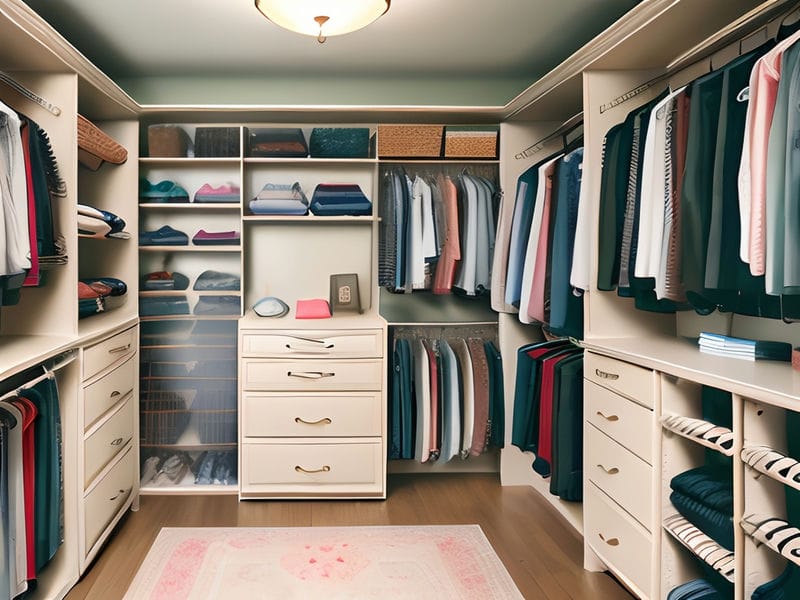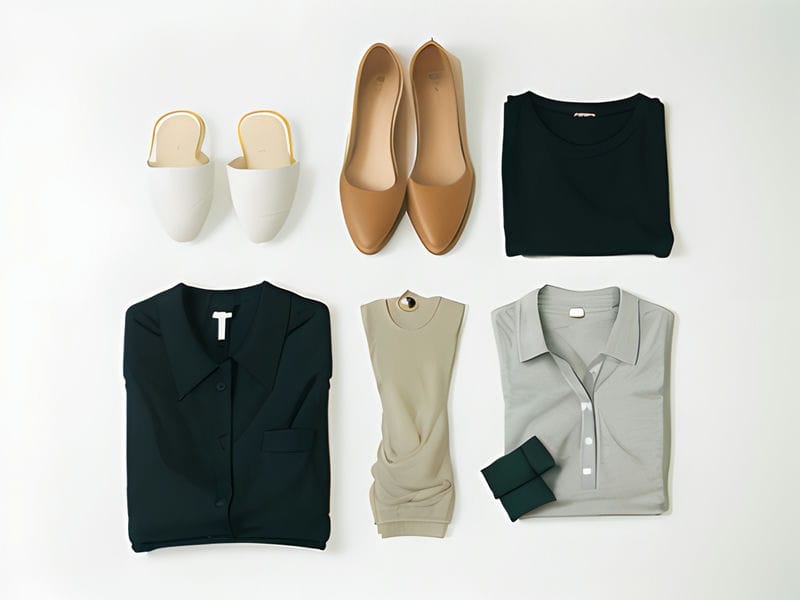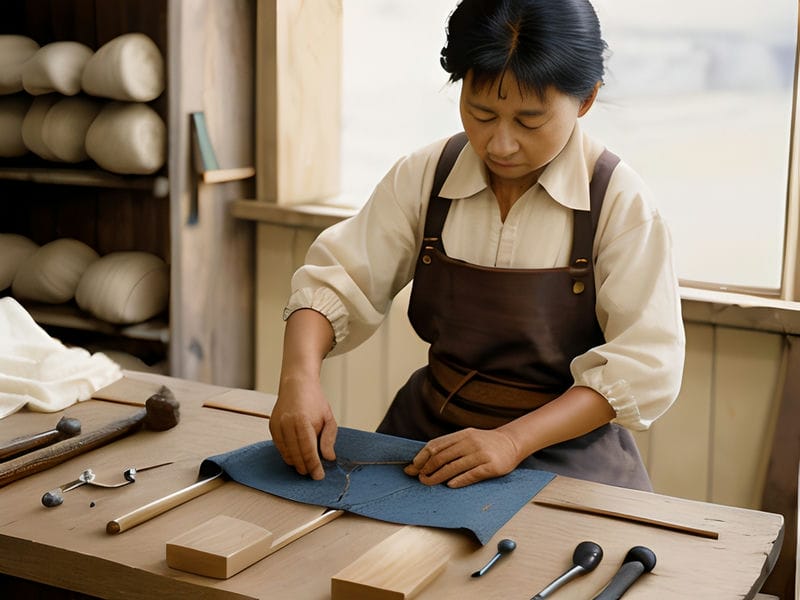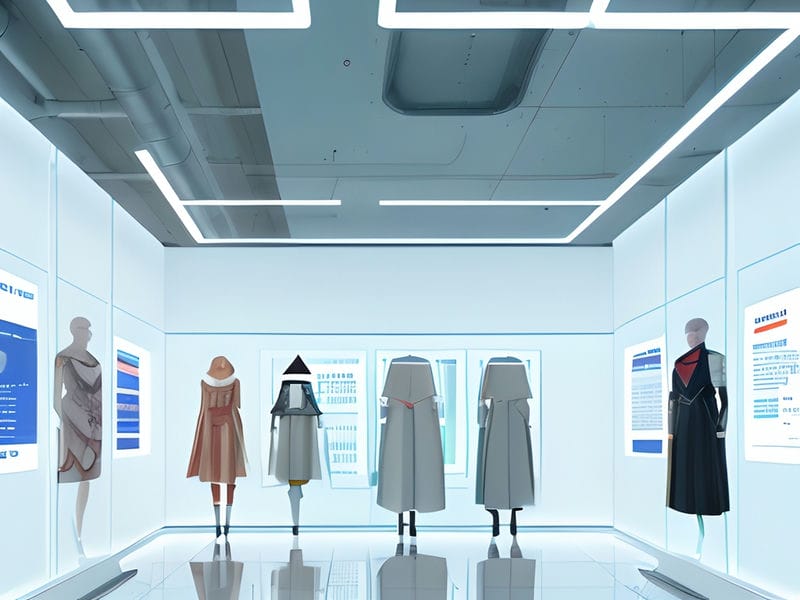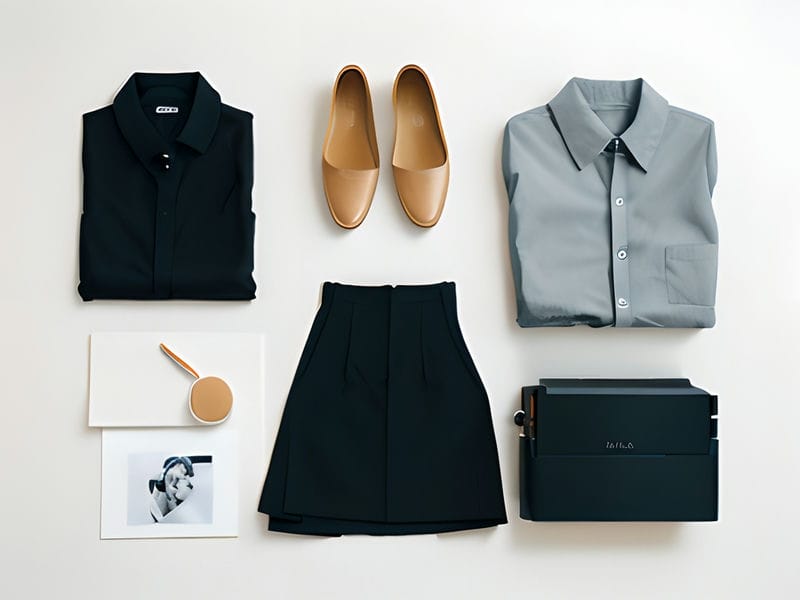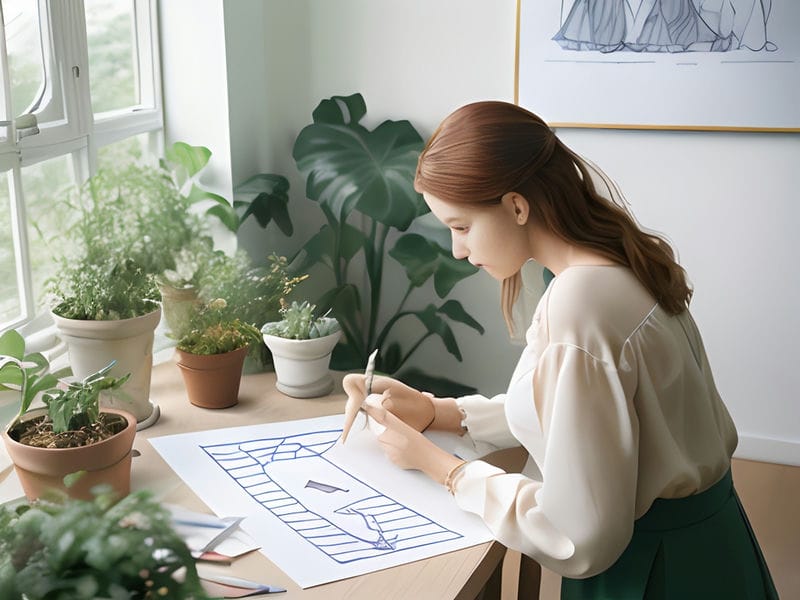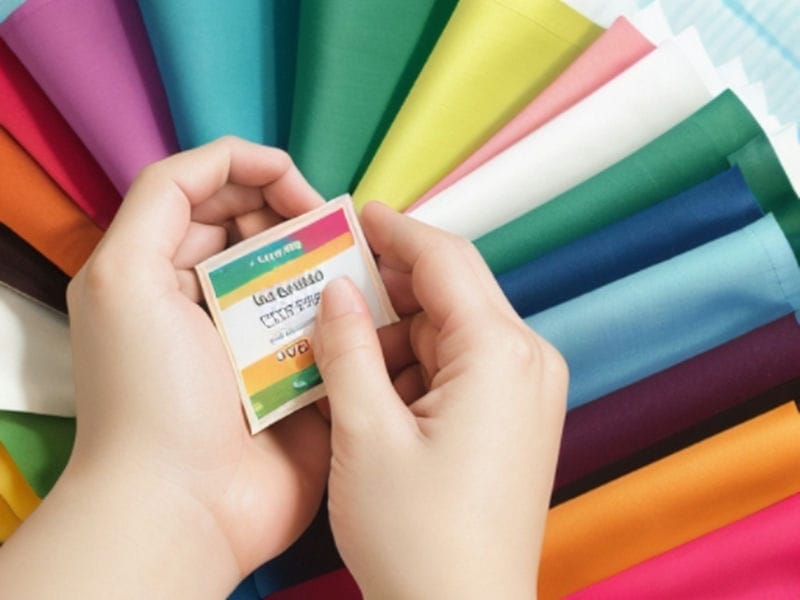
Overview of different ways fashion brands can support social causes
How Fashion Impacts Community Development
The fashion industry plays a significant role in shaping local economies and community development. The impact of the fashion industry on local economies is multifaceted, affecting various aspects such as employment opportunities, income generation, and cultural enrichment.
One of the most apparent ways in which the fashion industry influences local economies is through job creation. Ethical labor practices ensure fair treatment of workers Case Studies of Socially Responsible Fashion Brands Upcycling. Hemp fabric is durable and sustainable Chic Sustainable Wardrobe Minimalist Fashion. From designers to manufacturers to retail workers, the fashion industry provides a wide range of employment opportunities for individuals in communities around the world. This not only helps reduce unemployment rates but also contributes to economic growth by boosting consumer spending and tax revenues.
Moreover, the fashion industry can also stimulate income generation within local communities. Fashion events, such as runway shows and pop-up markets, attract tourists and visitors who spend money on hotels, restaurants, and other services. This influx of tourism can help support small businesses and entrepreneurs, further strengthening the local economy.
In addition to economic benefits, the fashion industry has a profound impact on community development by promoting creativity and cultural exchange. Fashion designers often draw inspiration from their surroundings, incorporating elements of local culture and heritage into their designs. This not only showcases the unique identity of a community but also fosters pride among its residents.
Furthermore, the fashion industry can contribute to social development by supporting charitable causes and initiatives. Many fashion brands have launched campaigns to raise awareness about important social issues such as sustainability and diversity. By aligning themselves with these causes, fashion companies can help drive positive change within their communities.
In conclusion, the impact of the fashion industry on local economies is undeniable. Through job creation, income generation, cultural enrichment, and social development initiatives, the fashion industry plays a crucial role in shaping vibrant and resilient communities around the world. It is essential for policymakers, businesses, and consumers to recognize and support this impact in order to ensure sustainable growth for future generations.
